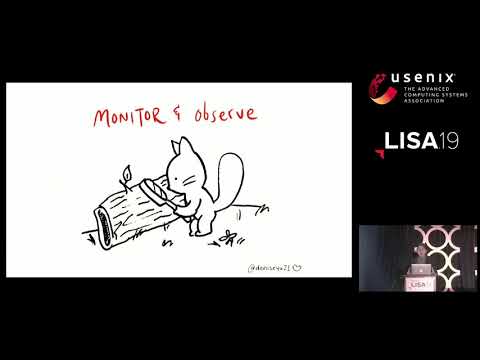Description:
Explore the complexities of distributed systems in this 33-minute conference talk from LISA19. Delve into the history of distributed computing, debunk common myths about the CAP theorem, and understand why network partitions are inevitable. Examine popular consensus algorithms and their role in mitigating risks associated with distributed operations. Learn how to design systems that account for human factors, enhancing adaptability and reducing the impact of programmatic uncertainty. Gain insights into data evolution, scaling challenges, cloud computing, and the concept of shared nothing architecture. Investigate the intricacies of unreliable message delivery, building observability, and the practical realities of hardware failures. Discover strategies for incident analysis, blameless discussions, and designing systems that prioritize human interaction and understanding.

Why Are Distributed Systems So Hard?
Add to list
#Conference Talks
#LISA (Large Installation System Administration) Conference
#Computer Science
#Distributed Systems
#Consensus Algorithms
#CAP Theorem
#DevOps
#Observability